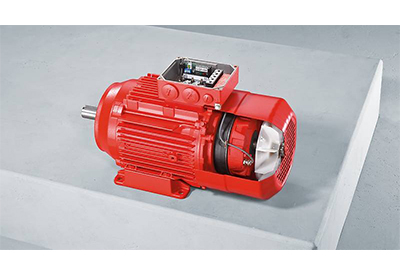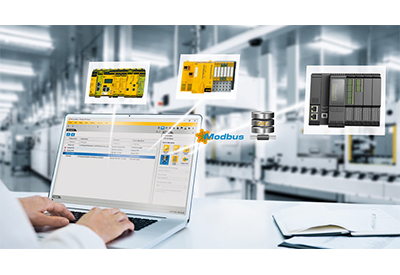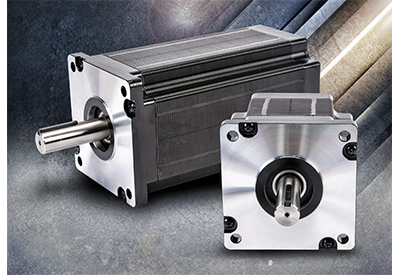SEW-EURODRIVE: DUE diagnostic unit option

October 28, 2019
Diagnostic units are the perfect addition to our motors. They help to monitor production during operation, perform diagnostics and optimize maintenance intervals. For this reason, they should be included in every condition monitoring concept. With the new /DUE diagnostic unit for function and wear monitoring of brakes, your condition monitoring will be even more flexible and efficient.
Function and wear are always under control
SEW‑EURODRIVE’s new /DUE diagnostic unit option for the BE1 to BE122 brakes that have been tried and tested millions of times, as well as the new BF/BT11 to BF/BT 30 double brakes, takes on two tasks with just one measurement system: monitoring the function of the brake and determining the wear on the brake lining. It performs both tasks by continuously monitoring the working air gap of the brake. This way, you can also plan individual, wear-based maintenance intervals for your brake system. In practice, this means: You always have the function and wear of the brake under control.
The sensor is fully integrated into the brake and the evaluation electronics in the terminal boxes. As a result, you can easily use the /DUE diagnostic unit option even under difficult ambient conditions up to IP66.
As standard, it also has one digital output each for the function of the brake and wear on the brake lining, as well as an analog current signal that corresponds to the size of the working air gap.
The measurement system works contactlessly based on the eddy current principle; high-frequency alternating current flows through the sensors. The electromagnetic field induces eddy currents in the pressure plate, which change the sensor’s AC resistance. The evaluation unit converts this change in impedance to an electrical signal (4 – 20 mA) that is proportional to the brake’s working air gap.
The brake function is monitored using digital signals (NO contacts), and digital outputs (NC contacts) are used to indicate that the wear limits have been reached. Current outputs also allow continuous monitoring of brake wear.
In addition to the outputs, LEDs on the evaluation unit also indicate the function and wear of every partial brake.





